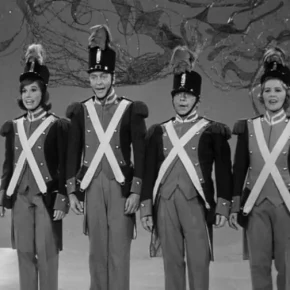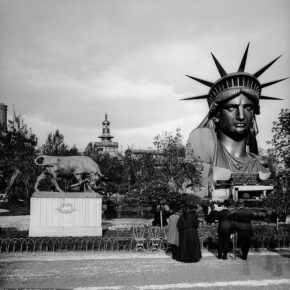It’s been hard to avoid stories of the mining disaster in Huntington, Utah. With six miners still missing and (at this point) presumed dead, and three rescuers killed in a subsequent cave-in, there is a lot of sadness, anger and questions created in the aftermath.
It’s well known that the owner of the mine, Robert Murray, is known for putting profits ahead of safety. In his Illinois mines alone, he’s had nearly 2,800 documented safety violations since 2005. I’d imagine that his track record for the Huntington mine, as well as his other Utah holdings, is equally terrible.
Furthermore, Richard Stickler, chair of the Mining Safety and Health Adminstration (MSHA), was a 2006 recess appointment by President Bush. Bush knew full well that Stickler’s record on safety was abysmal, and that he would never pass the scrutiny of the then-GOP congress in the wake of the then-recent Sago disaster in West Virginia (12 dead, one survivor). So Bush, in his infinite smugness, appointed Stickler during a time where no scrutiny was possible.
Deep level mining is a dangerous trade. Miners put their lives on the line every day, with the short-term danger of explosions and cave-ins a constant sword over their heads, and the long-term risks of exposure to carcinogens (coal dust, radon, lead and arsenic, to name a few) being a floor of surgical-steel spikes on which they have to walk. They work for pay that is very low, often supporting families that can barely scrape by in times of increasing costs of living.
And they do this for owners who seldom care for anything more than profit margins that continue to dwindle as two forces drive the old-school energy market into a tailspin:
- Increasing production from foreign countries that have lower operational costs (usually with inherently lower safety standards) and therefore lower market costs; and
- A move away from high-pollutant, carbon-rich fuels, which contribute highly to both global warming and low-atmosphere particulant pollution.
This latter factor was used as a point of tantrum by Murray, who blamed the “global warming militants” for the problems that led to the initial cave-in.
Whatever, Mr. Murray, but you’re way off base – by about a country mile, give or take.
Coal mining is a dying enterprise in the United States. It is a form of fuel that is increasingly obsolete due to the very legitimate threat of human-influenced climate change, and the true need to reduce the impact of industry on the ecosystem. While some influential people are still in denial of global warming, the scientific consensus is that it is happening and that there’s precious little time left for mankind to stave off a rapid – and likely catastrophic – increase in global temperature and decrease in air quality.
So rather than cry over lost profits, Mr. Murray, perhaps you should think about looking for clean, next-generation energy sources for your investment. Build a wind farm in central Utah, where conditions are most favorable. Start a solar array. Buy a few thousand acres and grow corn or soy that can be converted to clean-burning oil and petrol. Invest in science that could hold the key to clean energy for generations to come.
And shut down your mines. Do so while educating your miners (through investment in the miners’ pursuit of GEDs and college diplomas) so that they can get jobs in the new economy. And make sure that the closed mines are not eco-disasters in waiting: close up the tunnels properly.
And finally, both you and Mr. Stickler must come clean with your intentions about further rescue operations. You’ve dragged around the hearts of the missing miners’ families for far too long, building up hope and stringing them along for weeks. Simply state your intent, as painful as it may be, and allow the grieving families to start the healing process.















sprite
20 August 2007 — 11:59
I know I’m a bit prejudiced, being in love with you and all, but this really is an excellent piece of writing. You should think about sending it to the SLC Tribune as a commentary piece. Good job!